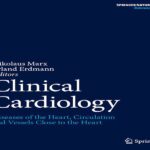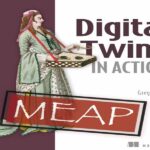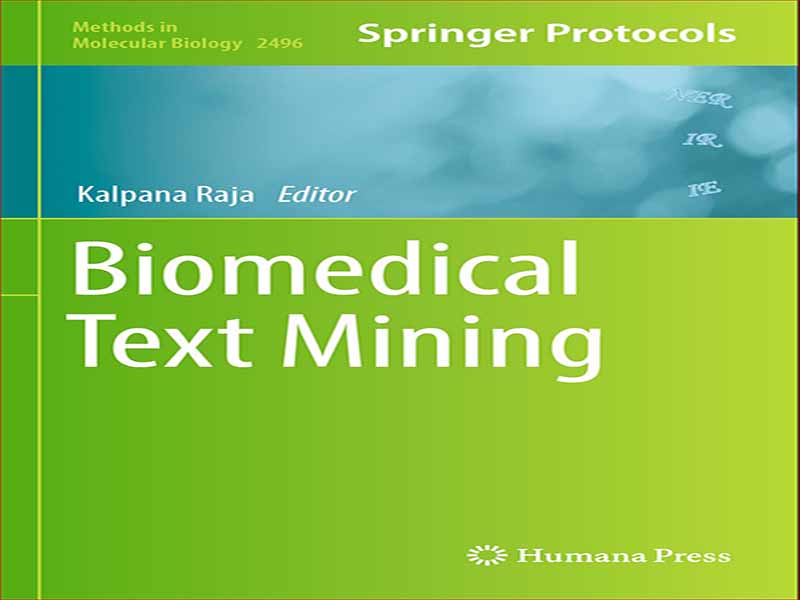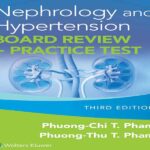- عنوان کتاب: Biomedical Text Mining
- نویسنده: Kalpana Raja
- حوزه: زیست پزشکی
- سال انتشار: 2023
- تعداد صفحه: 324
- زبان اصلی: انگلیسی
- نوع فایل: pdf
- حجم فایل: 10.9 مگابایت
متن کاوی، شاخه ای از داده کاوی، برای استخراج خودکار اطلاعات از متن بدون ساختار و ارائه اطلاعات استخراج شده به شکل ساختاریافته استفاده می شود. متن کاوی را می توان برای هر متنی از رمان های عمومی انگلیسی گرفته تا اسناد خاص مانند مقالات زیست پزشکی منتشر شده و پرونده الکترونیک سلامت بیماران (EHR) اعمال کرد. بسته به نوع متن ورودی، متن کاوی با نام های خاص تری (به عنوان مثال، متن کاوی زیست پزشکی و متن کاوی بالینی) و کاربردها در سال های اخیر ظاهر شده است. مقالات زیست پزشکی منتشر شده بهترین منبع دانش در مورد اکتشافات بیولوژیکی و زیست پزشکی است. تعداد مقالات منتشر شده به دلیل پیشرفت در بیوانفورماتیک و آزمایش های با توان بالا به طور تصاعدی در حال افزایش است. PubMed شامل 32 میلیون مقاله است. یک مطالعه اخیر می گوید که روزانه هزاران مقاله به PubMed اضافه می شود. استخراج اطلاعات از این پایگاه داده عظیم تنها از طریق رویکردهای خودکار امکان پذیر است. متن کاوی زیست پزشکی یا ادبیات کاوی زیست پزشکی شاخه ای تخصصی از متن کاوی است که برای استخراج خودکار اطلاعات از مقالات منتشر شده زیست پزشکی استفاده می شود. در سال 1999، استخراج ادبیات زیست پزشکی برای اولین بار در مقالات PubMed برای استخراج اطلاعات برهمکنش پروتئین-پروتئین و پروفایل بیان ژن اعمال شد. متن کاوی زیست پزشکی شامل چندین کار فرعی مانند شناسایی موجودیت نامگذاری شده، بازیابی اطلاعات، استخراج اطلاعات، تولید فرضیه، کشف دانش و کشف مبتنی بر ادبیات است. در سالهای اخیر، چندین رویکرد ترکیبی برای بهبود عملکرد رویکردهای متن کاوی زیستپزشکی پدیدار شدهاند. این رویکردهای ترکیبی متن کاوی زیست پزشکی را با حوزه های دیگری مانند یادگیری ماشین و ژنومیک ترکیب می کنند. در این کتاب، دستورالعمل های گام به گام در مورد پروتکل های متن کاوی زیست پزشکی منتخب در مورد موضوعات مختلف نوظهور مانند بیماری های همراه، تداخلات دارویی و عوارض جانبی دارویی ارائه شده است. پروتکلهای ترکیب متن کاوی زیست پزشکی با یادگیری ماشین یا ژنومیک برای پیشبینی اکتشافات زیست پزشکی جدید ارائه شدهاند. موضوعات جالبی مانند کشف مبتنی بر ادبیات برای کشف دانش عمومی ناشناخته با ترکیب دو قطعه اطلاعات از دو مجموعه مختلف از مقالات PubMed و روندهای اخیر در متن کاوی زیست پزشکی مانند BioBERT گنجانده شده است. این کتاب همچنین نقش علم داده، بهویژه متن کاوی زیستپزشکی را در درک شیوعهایی مانند COVID-19 و پیوند ژنتیکی زمینهای بین بیماریهای پیچیده مانند مولتیپل اسکلروزیس و اختلال شناختی پوشش میدهد. مقدمه کوتاهی بر متن کاوی زیست پزشکی و سه جزء اصلی آن، بازیابی اطلاعات، شناسایی موجودیت نامگذاری شده و استخراج اطلاعات، در فصل 1 ارائه شده است. در فصل 3، یک رویکرد ترکیبی مبتنی بر تجزیه و تحلیل داده های بیان ریزآرایه و متن کاوی برای یافتن اهداف ژنی جدید برای هر بیماری مورد علاقه ارائه شده است. فصل 4 یک پروتکل جالب در مورد یافتن ارتباط ژن با استفاده از متن کاوی و حاشیه نویسی ارتباط با استفاده از هستی شناسی ژن ارائه می کند. یک پروتکل منحصر به فرد متن کاوی زیست پزشکی برای استفاده مجدد از آزمایشات آزمایشگاهی در فصل 5 ارائه شده است. در حالی که چندین رویکرد محاسباتی برای استفاده مجدد از داروها برای بیماری ها در دسترس است، استفاده مجدد از آزمایشات آزمایشگاهی از طریق متن کاوی یک رویکرد جدید است که ممکن است در آینده نزدیک مورد توجه قرار گیرد.
Text mining, a branch of data mining, is applied to automatically extract information from the unstructured text and to present the extracted information in a structured form. Text mining can be applied to any text ranging from general English novels to specific documents such as published biomedical articles and patients’ electronic health records (EHR). Depending on the type of input text, text mining has emerged with more specific names (e.g., biomedical text mining and clinical text mining) and applications in recent years. The published biomedical articles are the best source of knowledge on biological and biomedical discoveries. The number of published articles keeps growing exponentially because of the advances in bioinformatics and high-throughput experiments. PubMed contains ~32 million articles. A recent study says that thousands of articles are added to PubMed every day. Extracting the information from this overwhelming database is possible only through automated approaches. Biomedical text mining or biomedical literature mining is a specialized branch of text mining applied to automatically extract the information from published biomedical articles. In 1999, biomedical literature mining was first applied to PubMed articles for extracting protein-protein interaction information and gene expression profiling. Biomedical text mining includes several subtasks such as named entity recognition, information retrieval, information extraction, hypothesis generation, knowledge discovery, and literature-based discovery. In recent years, several hybrid approaches have emerged to improve the performance of biomedical text mining approaches. These hybrid approaches combine the biomedical text mining with other domains such as machine learning and genomics. In this book, step-by-step instructions on selected biomedical text mining protocols on various emerging topics such as disease comorbidity, drug interactions, and adverse drug events are provided. The protocols on combining biomedical text mining with machine learning or genomics for predicting novel biomedical discoveries are presented. Interesting topics such as literature-based discovery for uncovering unknown public knowledge by combining two pieces of information from two different sets of PubMed articles and recent trends in biomedical text mining such as BioBERT are included. The book also covers the role of data science, especially biomedical text mining in understanding the outbreaks such as COVID-19 and the underlying genetic link between complex diseases such as multiple sclerosis and cognitive disorder. A brief introduction to biomedical text mining and its three major components, information retrieval, named entity recognition, and information extraction, are presented in Chapter 1. A text mining protocol on retrieving significant drug-gene interaction information from PubMed abstracts is discussed in Chapter 2. In Chapter 3, a hybrid approach based on microarray expression data analysis and text mining for finding novel gene targets for any disease of interest is presented. Chapter 4 presents an interesting protocol on finding gene associations using text mining and annotating the associations using gene ontology. A unique biomedical text mining protocol for repurposing laboratory tests is presented in Chapter 5. While several computational approaches are available for repurposing drugs for diseases, repurposing laboratory tests through text mining is a novel approach that may gain much interest in near future.
این کتاب را میتوانید از لینک زیر بصورت رایگان دانلود کنید:
Download: Biomedical Text Mining



































نظرات کاربران